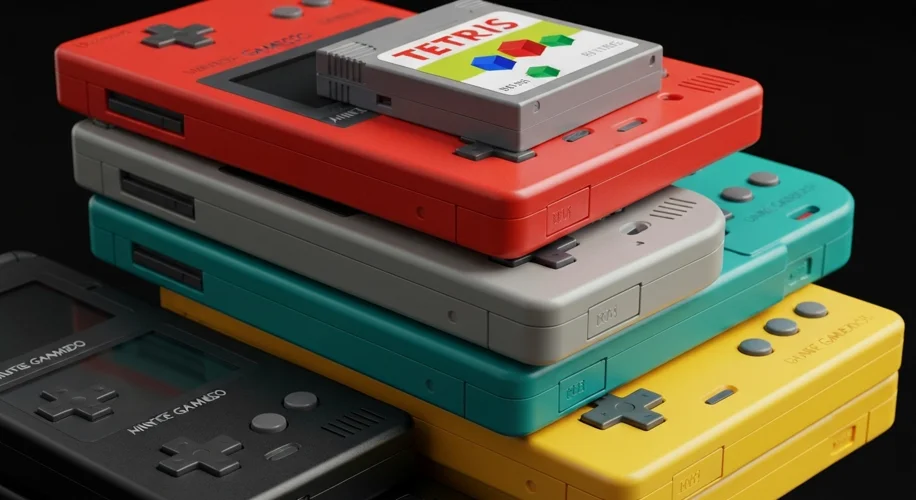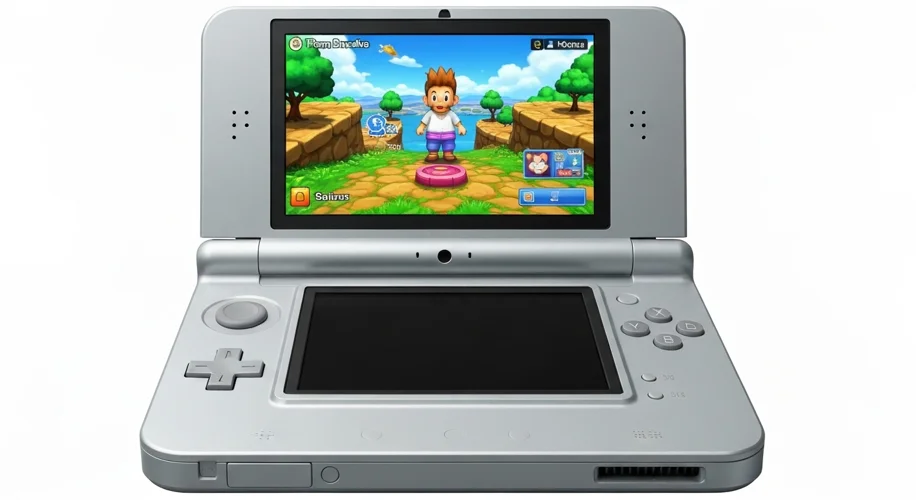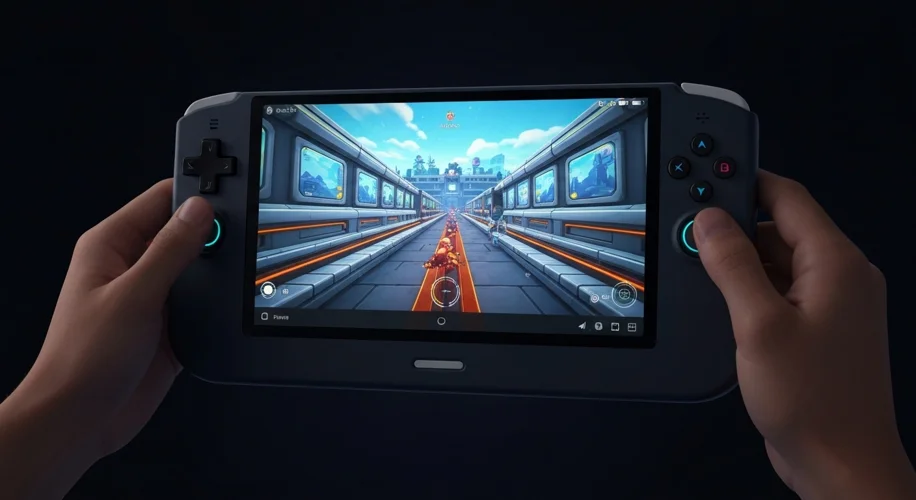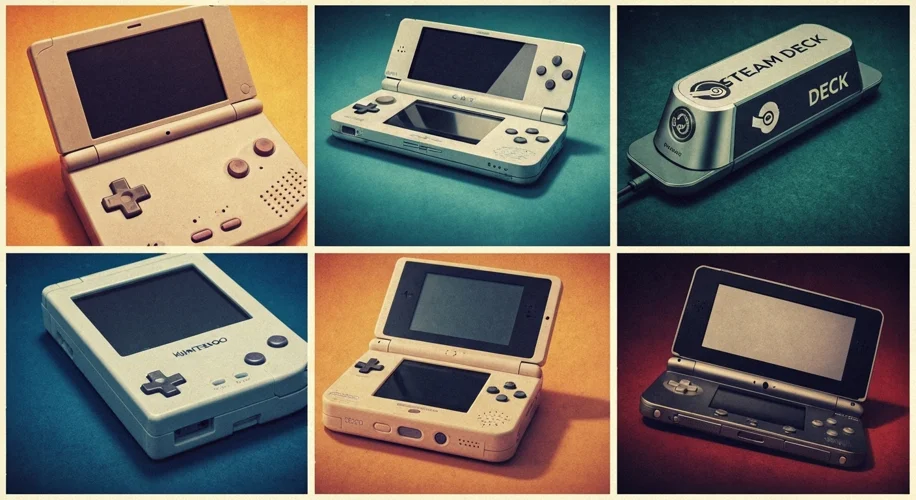The whisper of a ‘mini SSD’ powering a new generation of gaming handhelds today, August 15, 2025, is a far cry from the humble beginnings of portable play. It’s a journey that began not with sleek, pocketable devices, but with bulky, battery-guzzling contraptions that nonetheless sparked a revolution in how and where we could engage with our digital worlds.
Our story starts in 1989. Nintendo, already a titan in the living room with its Famicom/NES, unleashed a device that would redefine a generation: the Game Boy. Imagine a world where gaming was tethered to a television, a shared family experience. Suddenly, this gray, somewhat chunky rectangle, powered by four AA batteries, offered liberation. It wasn’t just a gadget; it was a personal portal, a ticket to adventure that could fit in a backpack, or even a large coat pocket.

Its monochrome, albeit greenish, screen was a far cry from the vibrant displays of today, and its processing power would be laughable by modern standards. Yet, this was the era of Tetris, a game so simple, so addictive, that it transcended age and demographics. The Game Boy wasn’t just a console; it was a cultural phenomenon. Its durability became legendary – stories abound of Game Boys surviving drops, even car washes, and still functioning. This ruggedness, coupled with its accessible, family-friendly software library, cemented its place in history.
The landscape, however, was far from static. Competition emerged, most notably from Sega with its Game Gear. Brighter, in full color, but a voracious consumer of batteries, it offered a tantalizing glimpse of what handheld color could be, even if it couldn’t match the Game Boy’s stamina or its sheer market dominance. Then came Atari’s Lynx, another colorful competitor, but ultimately, these devices were footnotes in the shadow of Nintendo’s ubiquitous brick.
The late 1990s and early 2000s saw the evolution continue. Sony, a new contender, entered the fray with the PlayStation Portable (PSP) in 2004. This was a game-changer. The PSP boasted a beautiful widescreen display, a full-color multimedia experience, and games that rivaled their home console counterparts. It wasn’t just for playing Final Fantasy; it was for watching movies, listening to music, and browsing the web. This convergence of entertainment was a sign of things to come, blurring the lines between dedicated gaming devices and all-in-one portable entertainment centers.
Nintendo, not to be outdone, responded with the Nintendo DS in 2004. Its dual screens, one a touchscreen, were revolutionary. This opened up entirely new gameplay possibilities, allowing for unique control schemes and an intuitive way to interact with games. The DS became a massive success, proving that innovation in gameplay mechanics could be just as compelling as raw graphical power.

The storage solutions evolved dramatically during this period. The Game Boy relied on cartridges, small, physical pieces of plastic holding game data. The PSP utilized Universal Media Discs (UMDs), small optical discs that were innovative but also somewhat fragile and slow to load. The DS also used cartridges, but later iterations embraced digital distribution, allowing games to be downloaded directly to the device, a precursor to the storage conversations of today.
Then came the smartphone era. Devices like the iPhone, launched in 2007, began to encroach on the handheld gaming market. While not exclusively gaming devices, their app stores provided a vast and ever-growing library of games, often with simple, touch-based controls and free-to-play models. This shift forced traditional handheld manufacturers to adapt.
Nintendo again responded with the Nintendo 3DS, offering stereoscopic 3D without glasses, and later the Switch, a hybrid console that seamlessly transitioned between a home and handheld experience. The Switch, with its Joy-Con controllers and powerful, yet portable, hardware, has been a monumental success, proving the enduring appeal of dedicated handheld gaming.
And now, we stand on the precipice of another leap. The mention of ‘mini SSDs’ in modern handhelds signifies a massive increase in storage capacity and speed. Gone are the days of tiny cartridges or slow optical discs. We are entering an era where entire libraries of AAA games can be stored and accessed instantly on the go. Devices like Valve’s Steam Deck, which leverage PC architecture and massive SSDs, are pushing the boundaries further, offering a true PC gaming experience in a handheld form factor.

This evolution from the Game Boy’s monochrome simplicity to today’s powerful, SSD-equipped machines is a testament to relentless technological advancement and a deep understanding of player desires. It’s a story of innovation, adaptation, and the enduring human need for portable entertainment. The mini SSD isn’t just a component; it’s the latest chapter in a saga that began with a simple gray box and a game of falling blocks, promising even richer, more immersive gaming experiences wherever we choose to play.

